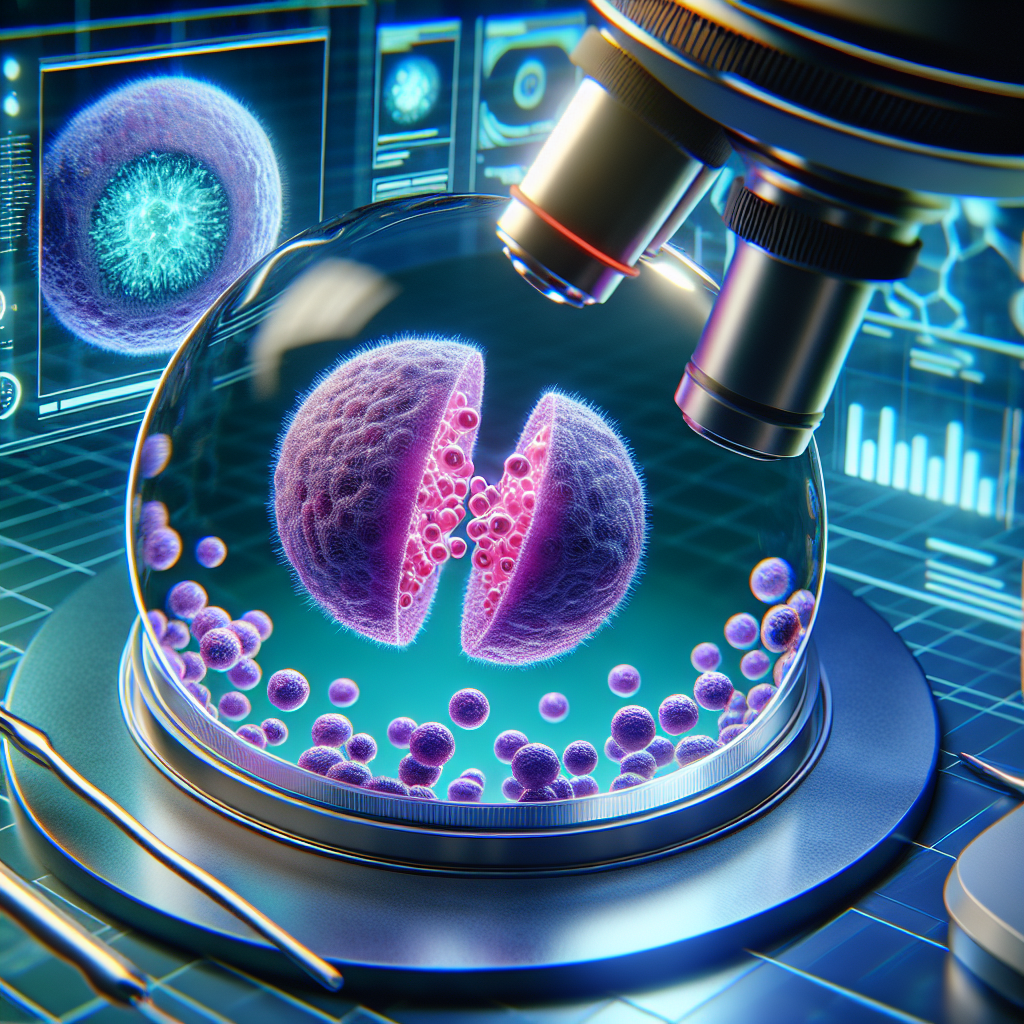Cell Division Discovery: Scientists Challenge Old Beliefs
Summary
In a groundbreaking development that could send ripples across the scientific community, researchers have made a discovery that challenges long-standing assumptions about the basic mechanics of cell division. For decades, textbooks have described mitosis as a well-understood and rigidly structured process. However, new research suggests we may only now be scratching the surface of its complexity.
The study, published by a consortium of cell biology researchers, reveals an unexpected detail in the organization and function of the mitotic spindle — the molecular machine that separates chromosomes during cell division. Contrary to previous belief, it appears spindle dynamics might not be universally consistent across cell types, and alternate structural mechanisms could be in place depending on cellular context.
By using high-resolution imaging and advanced molecular tagging, the scientists discovered that some cells exhibit asymmetric spindle assembly involving proteins previously not linked to this process. These findings are shedding new light on cellular plasticity and may explain anomalies in how certain cells — including cancer cells — divide and proliferate.
This shift in our understanding could have enormous implications across biological research and medicine, especially in areas like cancer treatment, regenerative medicine, and developmental biology. When core biological processes are shown to be more variable than we assumed, it not only broadens academic knowledge, it creates fresh pathways for therapeutic exploration.
Ultimately, the study isn’t just rewriting protocols in biology labs — it’s challenging the very foundation of what we consider biological “rules.” Prestigious institutes are now expected to further investigate this phenomenon to validate these results and explore the downstream applications. The paradigm shift in how mitosis works may just be the beginning of a new era in molecular and cellular biology.
Analysis
To appreciate the significance of this new study, it’s important to understand why cell division — particularly mitosis — has been seen as a cornerstone in biology. From textbooks to medical exams, mitosis has always been presented as textbook science: a tightly regulated, step-by-step process. The discovery that cellular variance exists within this mechanism demands that scientists take a more nuanced approach toward foundational knowledge.
According to industry experts, this breakthrough reflects a broader trend in the life sciences: increasingly, we are realizing that **biology defies one-size-fits-all models**. Cellular behavior can differ based on tissue type, environmental stimuli, or even developmental stage. The implication? Medical research and therapy development can no longer rely solely on generalized models.
This is not just a refinement; it’s a reframing of how we think about mitosis. It opens up countless possibilities for molecular intervention.
Dr. Elaine Crawford, Molecular Biologist at MIT
Why this Matters:
- New therapeutic targets: If cancer cells exploit these alternative division mechanisms, targeted drugs could be designed to interrupt the process exclusively in diseased cells.
- Precision medicine: Variable mitosis could influence how stem cell therapies are administered, especially in organs where cellular behavior differs significantly.
- Educational reform: This study could soon affect biology curricula worldwide, prompting updates in how we teach fundamental concepts.
Predictions and Trends:
- Expect to see a surge in research grants and publication output surrounding spindle organization and division anomalies.
- Pharma companies will likely invest in identifying “division fingerprints” of different cell types to aid in drug design.
- Artificial intelligence will become indispensable in decoding the vast data required to personalize treatment paradigms based on cell division dynamics.
This discovery is a classic example of how science evolves: not through small tweaks, but via seismic shifts that challenge everything we thought we knew. As this research reaches broader scientific circles, expect more surprises from the microscopic world that sustains all life.













